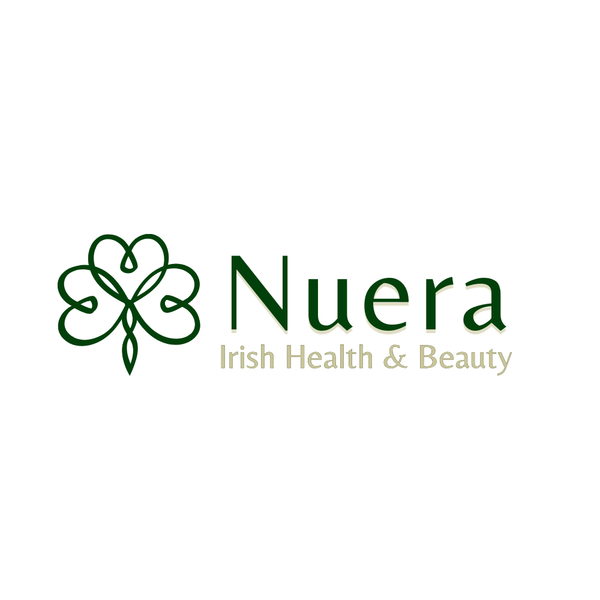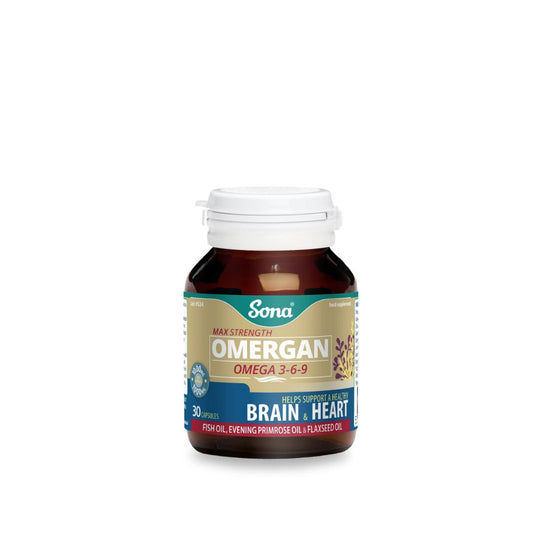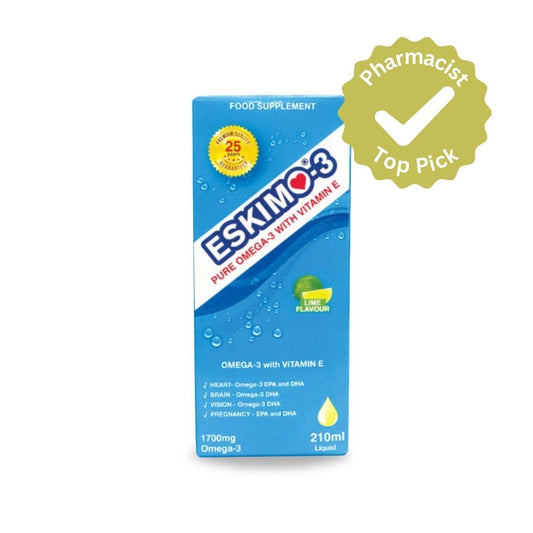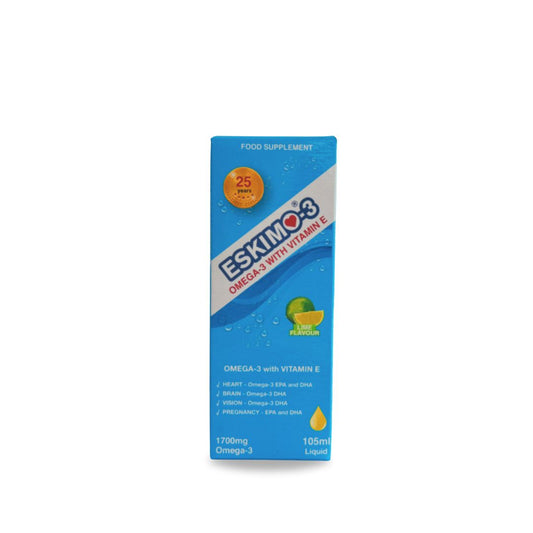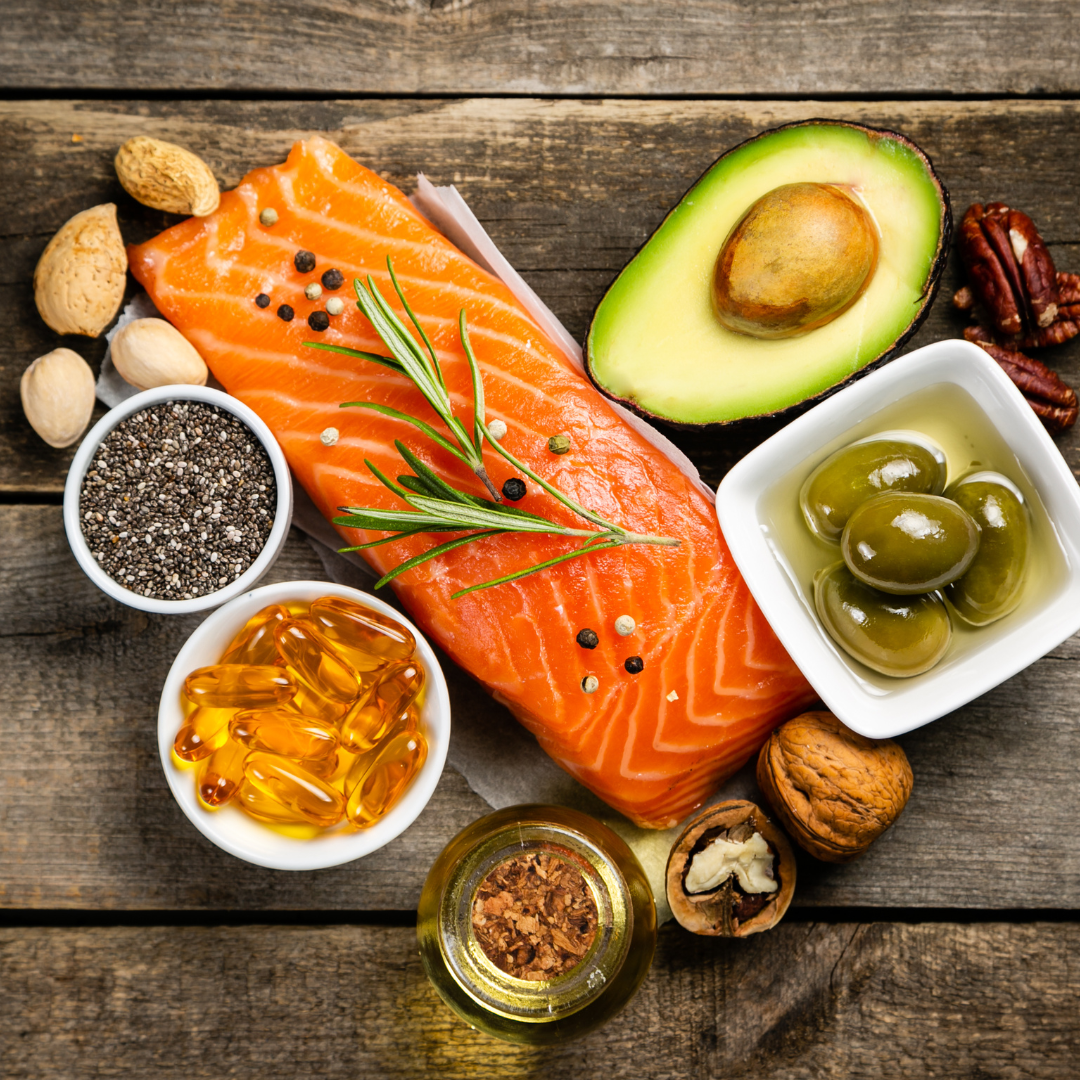
World Heart Day: Your Guide to Omega Fats
Share
World Heart Day: Your Guide to Omega Fats
Good fats are back — and they’re here to stay.
But not all fats are created equal. Omega-3, 6, and 9 fatty acids are often called “essential fats,” and for good reason: they play a vital role in how your body looks, feels, and functions every single day.
This World Heart Day, let’s explore how these fats support cardiovascular health, brain function, skin, joints, and overall wellbeing
What Are Omegas-3, 6 and 9?
Omega fatty acids are a group of healthy fats that your body needs to thrive. Omega-3 and omega-6 are essential fats, meaning your body can’t make them, so you must get them from food. Omega-9 is non-essential, as your body can produce it, but it’s still beneficial for your health.
Omega-3 (Alpha-linolenic acid – ALA, Eicosapentaenoic acid – EPA, Docosahexaenoic acid – DHA)
Found in:
- ALA: flaxseed, chia seeds, walnuts
- EPA & DHA: oily fish (salmon, mackerel, sardines), algae supplements
Benefits: supports heart health and circulation, brain function, reduces inflammation, maintains healthy skin and joints
Omega-6 (Linoleic acid – LA)
Found in:
- Nuts, seeds, and vegetable oils (sunflower, corn, soybean)
Benefits: supports heart health and circulation, maintains blood sugars
Note: While omega-6 is essential, the source matters. Whole food sources like nuts and seeds are healthy; excessive intake from processed foods and fried oils can contribute to inflammation.
Omega-9 (Oleic acid – OA)
Found in:
- Olive oil, avocados, almonds
Benefits: improves cholesterol levels and supports heart health; may also have mild anti-inflammatory effects
Why Balance Is Everything
Think of omega-3 and omega-6 like two sides of a seesaw. When they’re balanced, your body thrives. But most modern diets, heavy in processed foods and low in oily fish, contain too much omega-6 and not enough omega-3. This results in:
- Increased inflammation
- Slower cell communication
- Less radiant skin and more joint discomfort
Tip: Limiting highly processed foods and increasing your omega-3 intake can help restore balance.
Can’t I Get Enough from Food?
In theory, yes but realistically, many people don’t.
To meet recommended omega-3 needs, you’d need to eat oily fish 2–3 times a week. For vegans and vegetarians, conversion of ALA (from plants) into EPA and DHA is limited, meaning even with a healthy diet, you may fall short.
That’s Where Supplementation Comes In
You may benefit from a high-quality omega supplement if you:
- Rarely eat oily fish
- Follow a plant-based or low-fat diet
- Regularly eat processed snacks
- Experience dry skin, joint stiffness, or fatigue
For most people, omega-3 supplements (from fish oil or algae) are the main priority.
Omega-6 and omega-9 are generally easy to get through food, so a 3-6-9 blend is most useful if your overall diet is low in all three.
At Nuera, We’ve got you covered
We’ve curated a collection of trusted, high quality omega supplements from Irish brands we believe in that support for skin, heart, joint, and brain health
Final Thoughts
Fats have been misunderstood for years, but the truth is this: when it comes to your cardiovascular and your overall health, the right fats are absolutely essential. Omega-3, 6, and 9 each play unique roles in how your body works and balance is the key.
Adding the right omegas is one of the simplest wellness wins.
Shop our range of Omega supplements below!
Disclaimer: Food supplements should not be used as a substitute for a varied diet and healthy lifestyle. Always consult your healthcare provider if you’re pregnant, breastfeeding, taking medication, or managing a medical condition. This content is for informational purposes only and does not constitute medical advice. Read the full disclaimer here.
